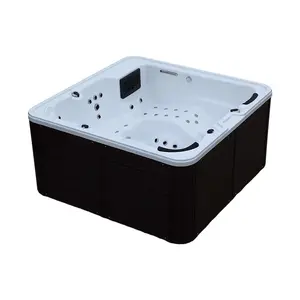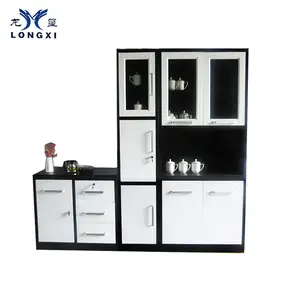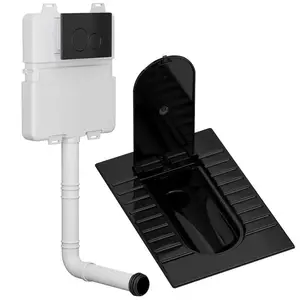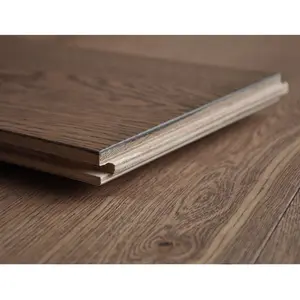Popular in your industry


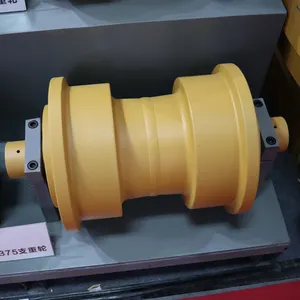


























































Related Searches:








































































































































Top categories
About rail roller track
A roller rail is a kind of guide rail that uses rollers to facilitate smooth and precise linear motion. These roller rails are commonly used in various industrial applications where there is a need for controlled movement along a straight or curved path. A roller rail comprises a rail or track and cylindrical rollers that are designed to roll along the surface of the rail. The rollers are usually made of materials like steel, aluminum, or polymer composites, depending on the application's demands. The construction of a roller rail is precise to ensure uniform weight distribution and efficient movement. These roller rails are employed in automated machinery, conveyor systems, and other equipment requiring accurate and low-friction linear motion.
Types of roller rails
There are several types of guide rail rollers, each designed to meet specific motion control requirements. One of these types includes the linear roller guide. This type features a series of rollers within a carriage that roll along the rail, providing high load capacity and smooth motion. Another type is the V-shaped roller guide, where the rollers are arranged in a V formation. This design enhances stability and is often used in applications with heavy loads. A third type is the cylindrical roller guide, which utilizes cylindrical rollers. This design is suitable for handling both radial and axial loads. Additionally, there are also curved track rollers, designed to navigate along curved paths, and needle roller guides, which use needle-like rollers for compact and precise linear motion.
Advantages of using roller rails
Using roller rail tracks offers several advantages in industrial applications. For one, they provide smooth and precise linear motion, essential in processes requiring accuracy and repeatability. The rollers reduce friction, which not only enhances operational efficiency but also extends the lifespan of the machinery by minimizing wear. The ability to handle heavy loads is another notable advantage of roller rails, contributing to their widespread use in various industries. Furthermore, track roller guides are versatile and can be customized to suit specific application requirements. Their modular design allows for easy installation, maintenance, and replacement of individual components, reducing downtime and overall operational costs.
Applications of roller rails
Rail roller tracks find application in numerous industries requiring controlled linear motion. One of the common applications is in automated manufacturing and assembly lines. The smooth and precise movement provided by roller rails ensures efficient production processes. In the packaging industry, roller rails are utilized in conveyor systems for the orderly and seamless transfer of goods. These guide rails also play a crucial role in the transportation sector, where they are used in systems like baggage handling at airports and material handling in warehouses and distribution centers. Roller rails are integral in the field of robotics, enabling the accurate positioning of robotic arms and components. Additionally, they are employed in medical equipment, such as MRI machines, to facilitate controlled movement. The versatility and reliability of roller rails make them indispensable in various industries, contributing to enhanced productivity and operational efficiency.
